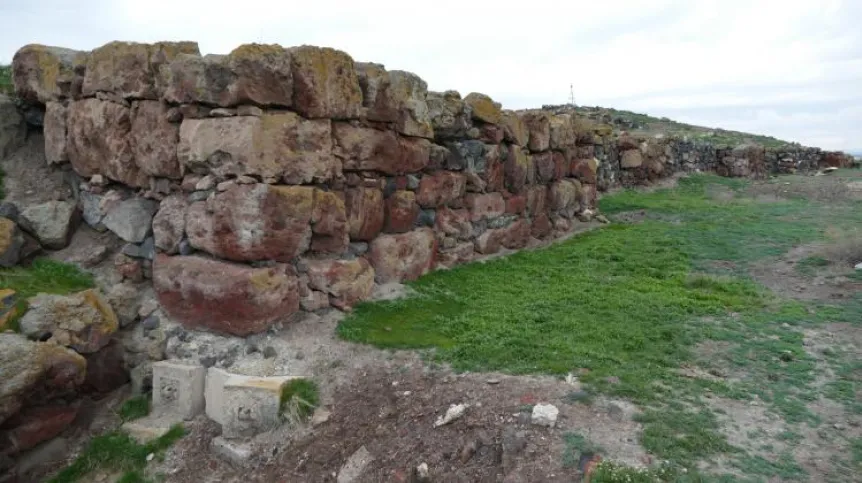
A Polish-Armenian team of archaeologists have uncovered a ‘golden tomb’ during excavations in Metsamor, Armenia.
The team were exploring a grave of two people, probably a couple (a man and a woman) when they discovered the remains of three gold necklaces. The tomb comes from the times when Ramesses II ruled Egypt.
Metsamor is one of the most famous archaeological sites in Armenia, located several dozen kilometres west of Yerevan.
It was a cist grave, meaning that the two skeletons were found in chambers dug in the ground and lined with large stones. Researchers also found the remains of a wooden burial bed.
According to archaeologists, the bones were well preserved. Both skeletons had slightly crouched legs. Preliminary estimates show that the couple died at the age of 30-40.
“Their death is a mystery to us, we do not know the cause, but everything indicates that they died at the same time, because there are no traces of tomb reopening,” said the head of the research project, Professor Krzysztof Jakubiak from the Faculty of Archaeology of the University of Warsaw.
Jakubiak believes that this is a unique find, because the very richly equipped grave has not been robbed.
The tomb dates back to the end of the Late Bronze Age (1300–1200 BCE). Around that time, the famous pharaoh Ramesses II the Great ruled Egypt. Inside the tomb, archaeologists found over a hundred beads and gold pendants. Some of resemble Celtic crosses. There were also dozens of carnelian pendants.
“All these elements probably made up three necklaces,” said Professor Jakubiak.
The grave also contained a dozen or so complete ceramic vessels and a unique faience flask. The flask had not been made locally. According to the researchers, it was brought from the Syrian-Mesopotamian borderland.
So far around 100 graves have been examined in the huge necropolis, the area of which covers about 100 hectares, but only a few of them have not been looted.
According to the researchers, the graves in this cemetery had the form of burial mounds - stone cists were covered with a large amount of soil. Almost no trace of the mounds has survived to our times.
Archaeologists do not know who lived in Metsamor at that time (in the second half of the 2nd millennium BCE). The people who inhabited the large, fortified settlement there were not literate, so they left no texts. This makes it difficult for scientists to identify them.
Jakubiak said: “But it was a very large settlement. Even fortifications made of huge stone blocks have survived to our times, encircling the so-called citadel on the hill. At the end of the 2nd millennium BCE, there was no other settlement in the region that could be compared in terms of importance and size.”
Metsamor is a protected archaeological site with the status of an archaeological reserve. Excavations in its area have been carried out since 1965.
During its heyday from the 4th to the 2nd millennium BCE, the settlement occupied over 10 hectares and was surrounded by cyclopean walls. During the early Iron Age, from the 11th to 9th century, Metsamor grew to nearly 100 hectares. The central fortress was surrounded by temple complexes with seven sanctuaries. At that time, it was one of the most important cultural and political centres in the Araks valley. The place was inhabited without interruption until the 17th century.
From the 8th century BCE, Metsamor was part of the Urartu kingdom (the biblical kingdom of Ararat). It was conquered by king Argishti I. During his reign, the borders of the kingdom expanded to Transcaucasia, the area of today's Yerevan. Polish archaeologists discovered the damage from that period in previous years.
The latest research season took place in September and October 2022. Polish archaeologists have been excavating in Metsamor since 2013 under an agreement with the the Institute of Archaeology and Ethnography of the National Academy of Sciences of Armenia and the Ministry of Culture of the Republic of Armenia.
The project leader on the Armenian side is Professor Ashot Piliposian.
(PAP)
PAP - Science in Poland, Szymon Zdziebłowski
szz/ agt/ kap/
tr. RL
Gallery (5 images)
-
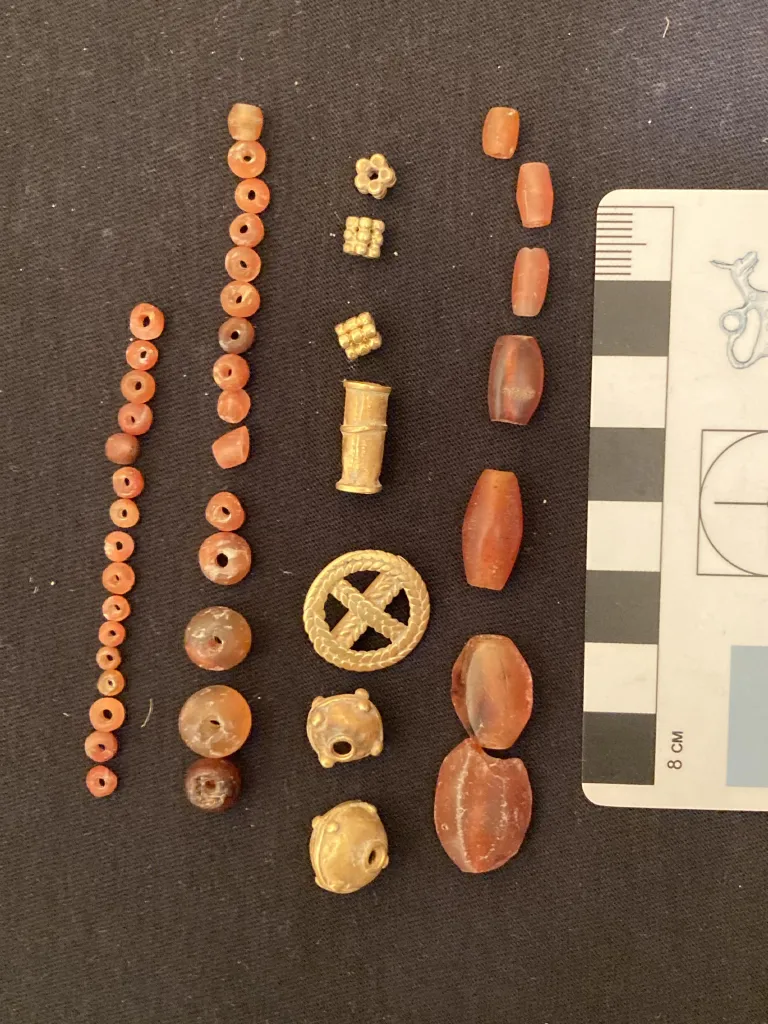 1/5Credit: Marek Truszkowski
1/5Credit: Marek Truszkowski -
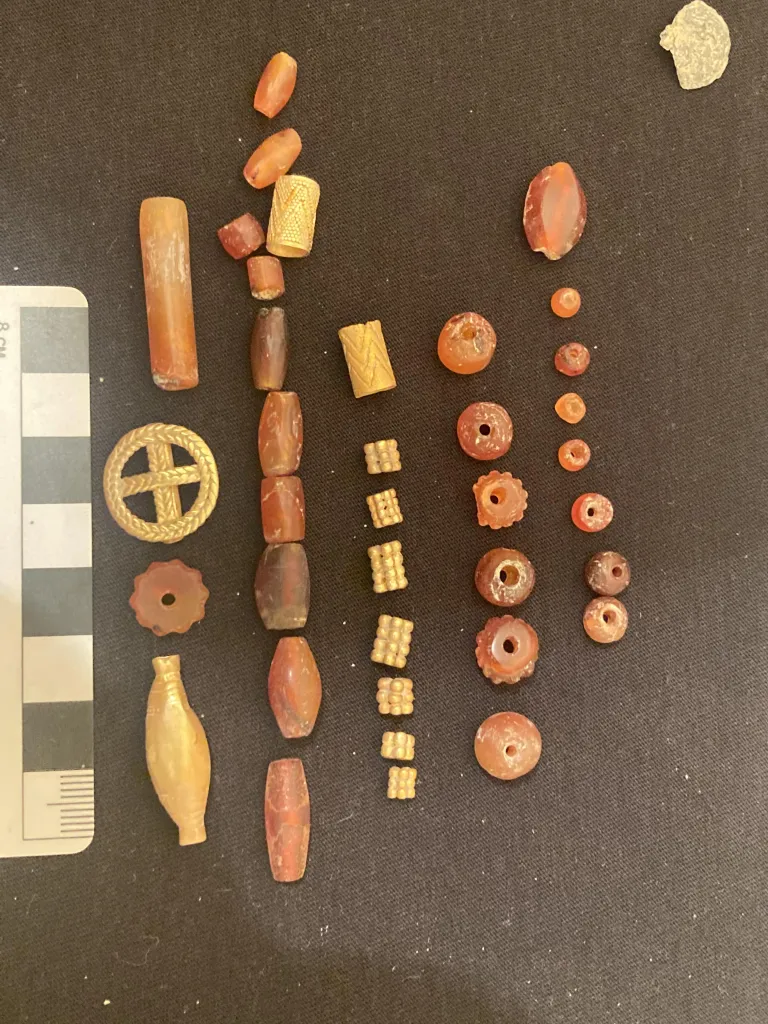 2/5Credit: Marek Truszkowski
2/5Credit: Marek Truszkowski -
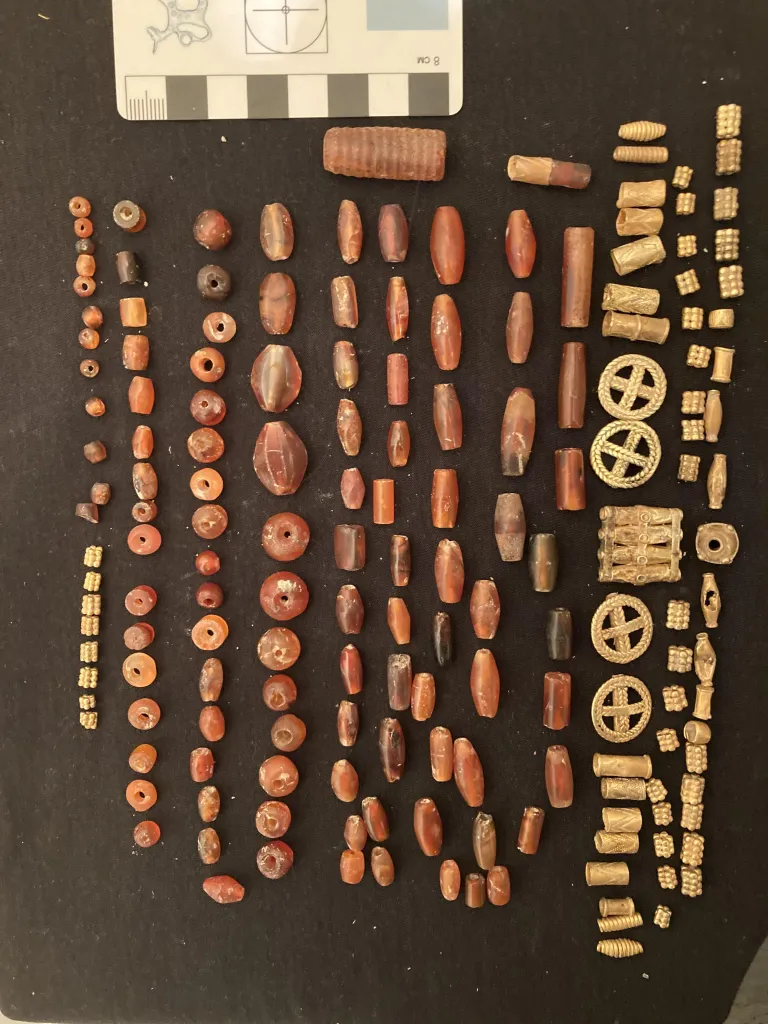 3/5Credit: Marek Truszkowski
3/5Credit: Marek Truszkowski -
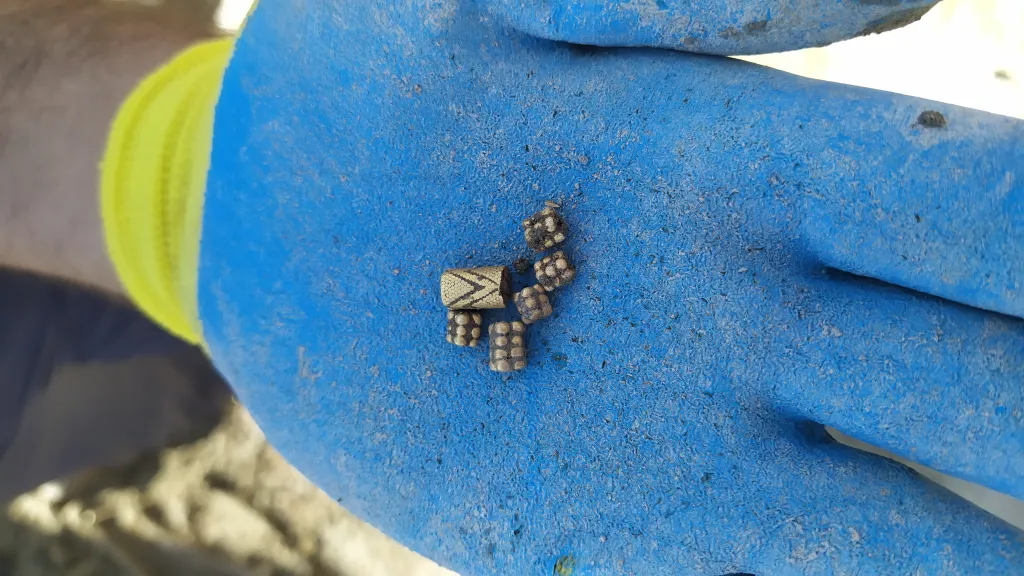 4/5Credit: Joanna Pawlik
4/5Credit: Joanna Pawlik -
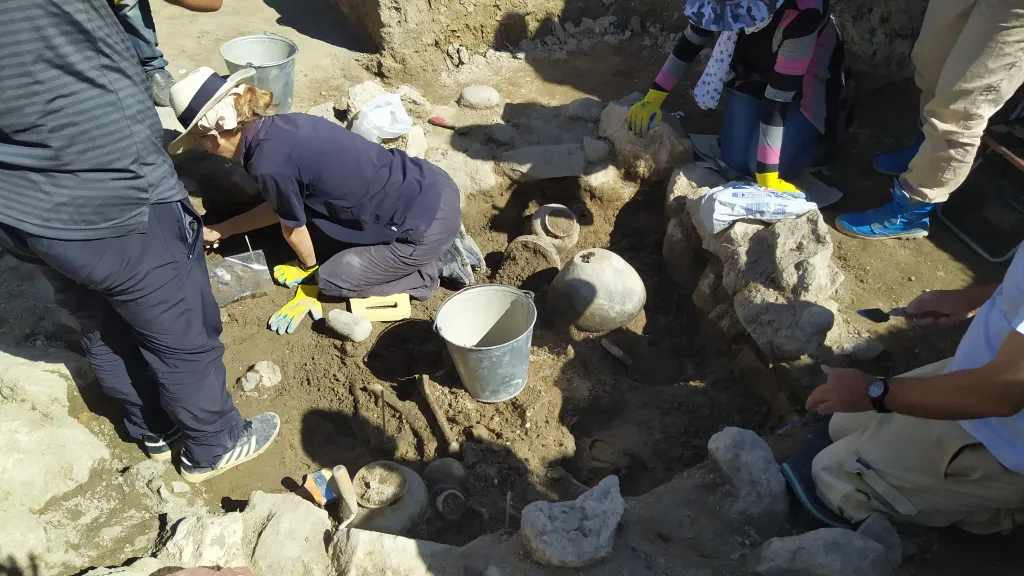 5/5Credit: Joanna Pawlik
5/5Credit: Joanna Pawlik













